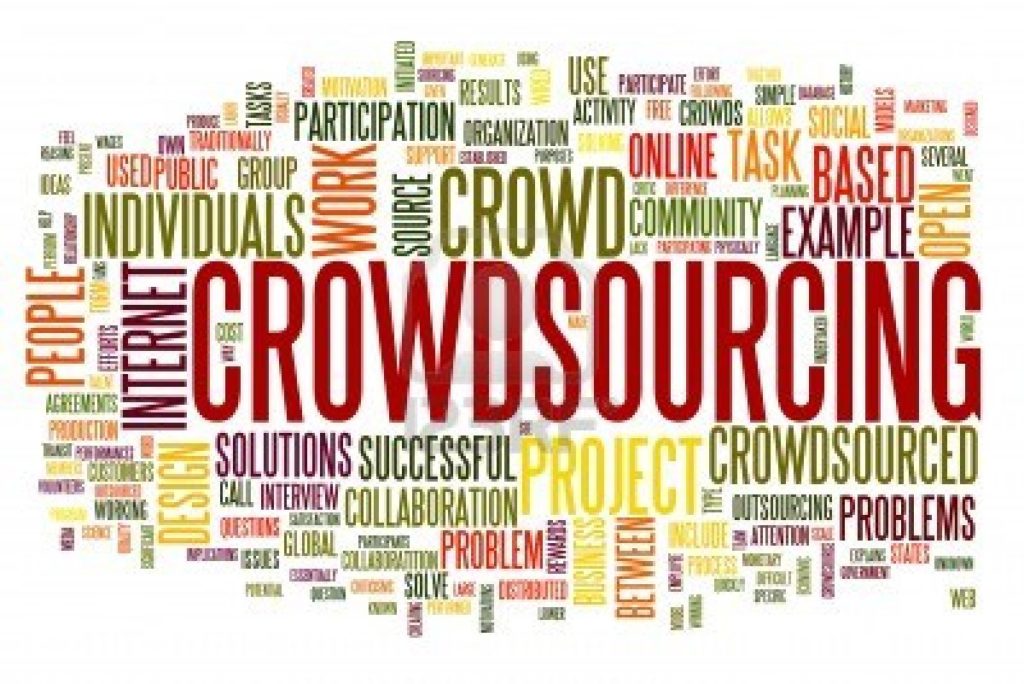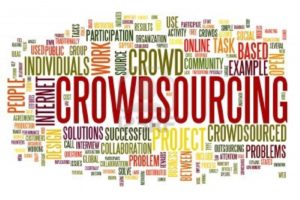
Social Activism: Crowdsourcing the power of spatial applications
 Social activism has taken to a different space – the internet. The power of internet based social activism is simply impressive and far reaching to say the least. Social media has been doing a phenomenal job of connecting people, addressing societal and governmental challenges. Geospatial technology has time and again shown how powerful is the Locational information and it is no surprise that social media is starting to adapt and embed the power of location in their applications and information transfer. Speaking of activism, I believe it is time to highlight a new and latest form of activism in which location information plays a key role – “Geo-Social Activism”.
Social activism has taken to a different space – the internet. The power of internet based social activism is simply impressive and far reaching to say the least. Social media has been doing a phenomenal job of connecting people, addressing societal and governmental challenges. Geospatial technology has time and again shown how powerful is the Locational information and it is no surprise that social media is starting to adapt and embed the power of location in their applications and information transfer. Speaking of activism, I believe it is time to highlight a new and latest form of activism in which location information plays a key role – “Geo-Social Activism”.
I love examples and here is one regarding Geo-Social Activism. Mumbai the commercial capital of India is a lovely city with a beautiful coastline and numerous other things that make the city what it is, but something that is very disturbing in the city is the Noise pollution level. The Awaaz foundation has been creating awareness about this problem since 2002. A month ago, their cause was reported by the Times of India and a prominent word that caught my attention in the heading of the article is “map”. The article is a reflection of how crowdsourcing of geospatial information is making social activism all the more effective and inclusive.
The foundation had asked citizens of Mumbai to record the noise pollution levels in their part of the city using an android application “Noisewatch”. Noisewatch is a simple app that records the decibel levels in your surrounding using the microphone in your smartphone. A simple idea combined with an efficient application has lead to better awareness and crowd participation in something that would have usually been the research thesis of an environmental sciences student which in the best case scenario would have just remained an academic exercise that never really made much of an impact. Enter Geospatial technology and smartphones, we have an entirely new phenomenon of Geo-Social activism where the “crowd” contributes to a cause that they can relate to and the best part of the entire exercise is that the final report is in a form that everyone understands – MAPS!
The exercise by the foundation was a big success and they were able to gather noise level information across the city. The biggest reason why the crowd was behind this exercise is because they were able to see their contribution immediately on the map! For the general public that is really encouraging and gave them a sense of ownership. It made everyone the owner of the map. The timely dissemination of the data gave the public a reason to participate. When you think about it, maps are probably the only advanced form of visualization and information where language is no barrier neither is your education level and is easy to understand 🙂
Oh yeah, the government in Mumbai finally realized the seriousness of the problem when a map was shown to them and has promised to work on it! Fingers crossed! Noisewatch is an application by the European Environmental Agency. The app is part of the initiative “Eye on Earth” by the EEA. The initiative is really interesting 🙂
So what you folks think about Geo-Social Activism? Let us know.
P.S: There is no such word as Geo-Social activism… But hey, someone has to coin a new word to explain geospatial tech in social activism 🙂





